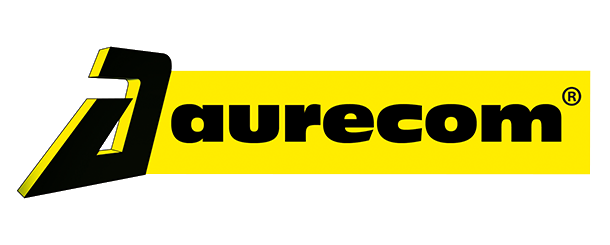How to Change your Car Ball Joints
Changing ball joints is an essential part of routine vehicle maintenance and should be conducted regularly in order to keep your car running smoothly. Before you begin, it's important to ensure that you have the right size wrench and socket set for the job, some anti-seize compound, a pry bar, and a hammer.
Step 1: Lift the Vehicle
Before starting any work, lifting your vehicle off the ground is important. Using a jack and some axle stands, raise your car so you can access the ball joints from underneath. Make sure to work with caution and ensure that when you're working on one side of the vehicle, the other side is securely supported.
Step 2: Remove the Wheel
If you are changing all four ball joints, it's best to start with the wheel furthest away from you, as this will make it easier to access the others. Use your lug wrench to remove the four lug nuts and then take off the wheel.
Step 3: Remove the Ball Joint
Using a pry bar, carefully remove the ball joint from its mount. If it is stuck, use a hammer to tap it loose gently. You may also need to use penetrating oil or lubricant to help break it free. Once you have removed the ball joint, inspect it to ensure it is not damaged. If it is, you will need to replace it before continuing.
Step 4: Install the New Ball Joint
Using your anti-seize compound, apply a light coating to the threads of the new ball joint and then insert it into its mount. Using a torque wrench, tighten the ball joint to the specified torque. Once you have done this, repeat the same steps for all four ball joints.
Replace the Wheels
Once you have tightened your ball joints, it's time to replace your wheels and lower your vehicle back onto the ground. Hands-on checking is key here; ensure that the wheel nuts are all tight and that there is no visible shaking, scraping, or grinding when you turn the wheels.
And you're done! With these five steps, you can easily change your ball joints, saving time and money on garage fees. Make sure to check your car's manual for the correct specifications on torque settings and other important information. Always work with caution and use proper lifting equipment when performing any maintenance on your vehicle. Good luck!
To be sure of a successful repair, you should never attempt to replace the ball joints yourself if you don’t have the right tools or skills. It is always best to consult a professional mechanic for the job. Be sure to ask them about any important safety information regarding your specific type of car and its ball joints before beginning any work. Lastly, if you are having difficulty performing the repair, don’t hesitate to ask a friend or family member who may be more knowledgeable and experienced in this area. With their help, you can ensure that your ball joints are installed properly and that your car is running smoothly. Safety should always be the top priority when it comes to vehicle maintenance! Good luck!
*Note: Be sure to read and understand your car’s manual before attempting any maintenance or repair procedure. The information provided here is only a general guide and should not be used as a substitute for professional advice. Always work with caution when performing any type of work on your vehicle. If you are not comfortable or confident enough to complete the repair yourself, seek help from a trusted professional. It is always best to be safe than sorry!*
